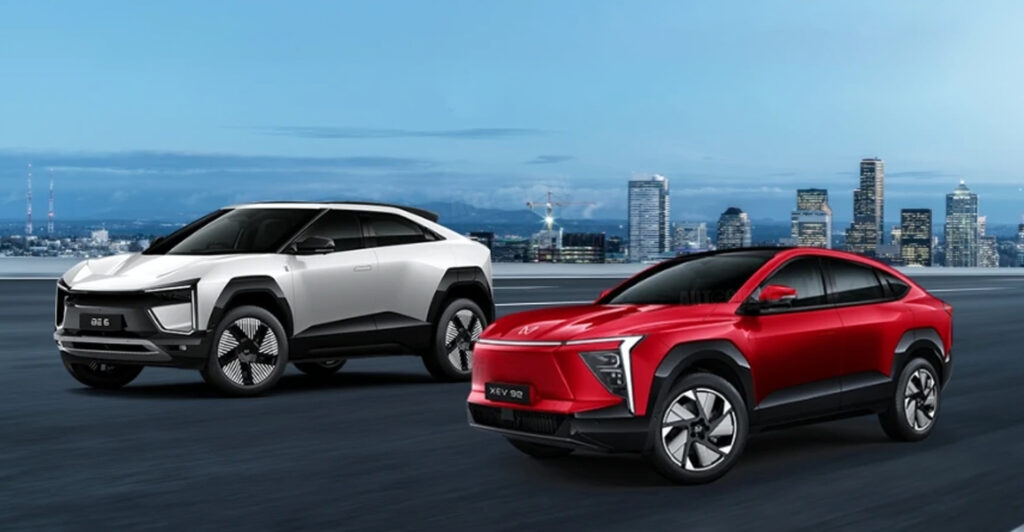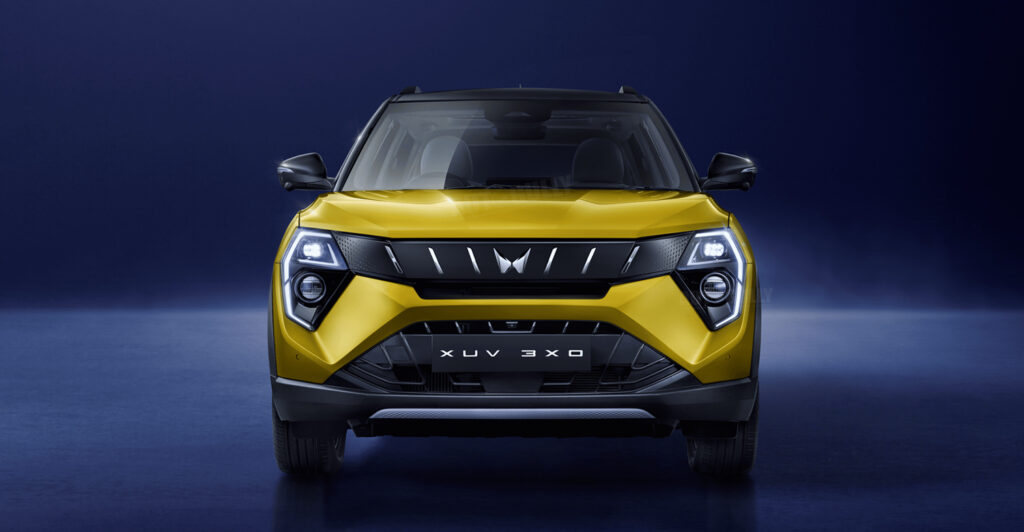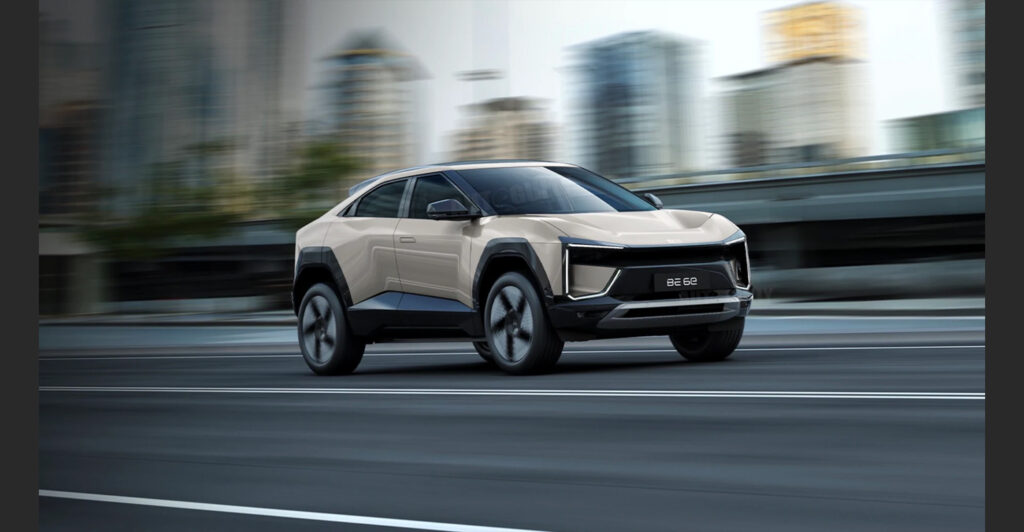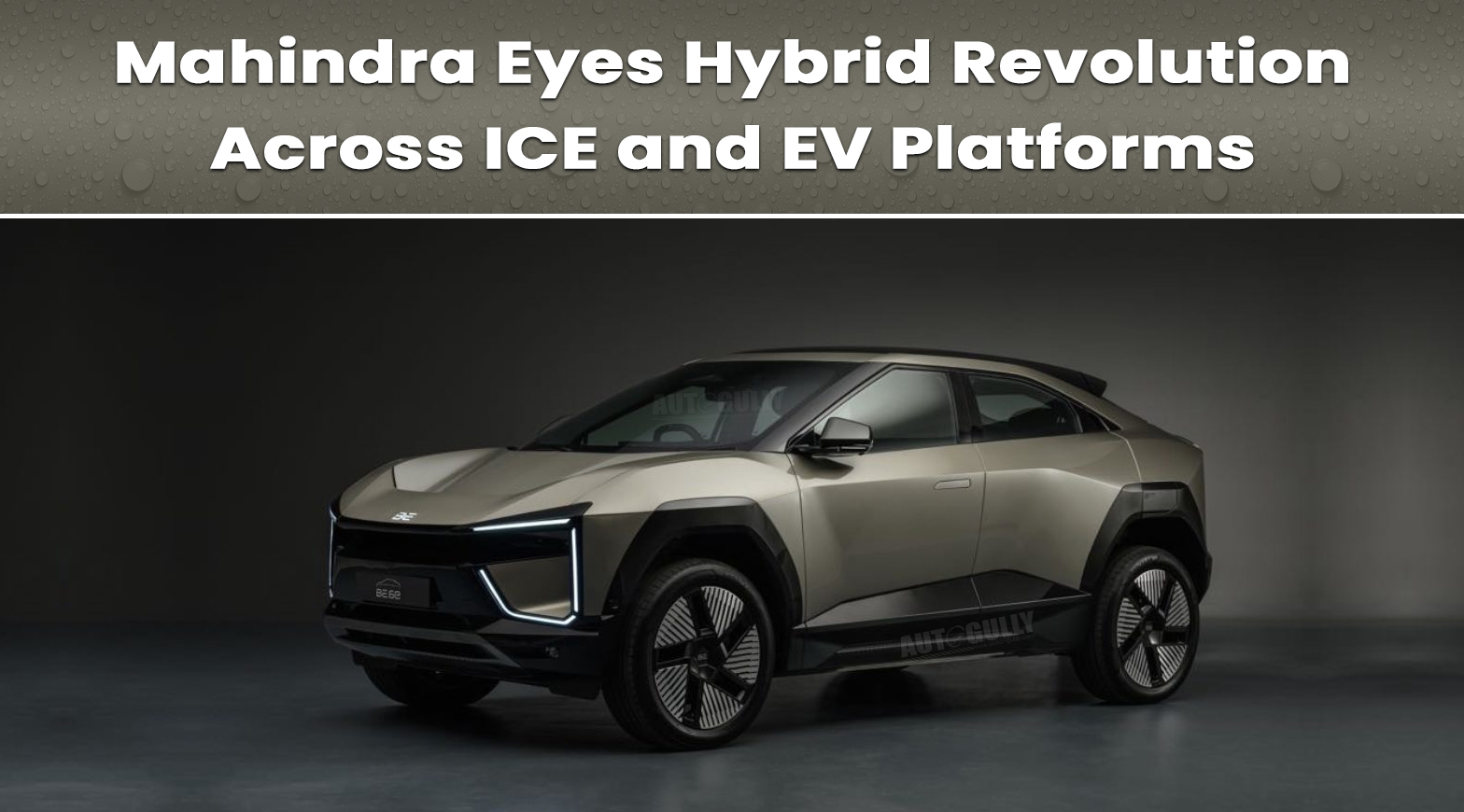The ICE platform is set to integrate regular series-hybrid technology, while the BEV lineup might adopt a range-extender setup. Mahindra is taking a significant step forward by planning to introduce hybrid powertrains across its existing model range. Initially, the company viewed only electric vehicles (EVs) as the future of mobility; however, with the growing interest in hybrid vehicles and slower-than-anticipated EV growth rates, Mahindra has made the strategic decision to explore electrified ICE powertrains as well.
This evolution makes perfect sense given that Mahindra has already invested heavily in its BEV portfolio. By considering both strong and range-extender hybrid options, they are positioning themselves to meet market demands effectively. Currently, their lineup includes both internal combustion engine (ICE) and electric models.
In May 2025 alone, Mahindra sold 2,604 EVs—predominantly from their born-electric models—demonstrating steady progress in this sector. However, they have ambitious goals ahead of time and are ready to push beyond these numbers with their innovative strategies on hybrids and electrification.
Mahindra hybrid details

Mahindra is actively exploring a range-extender hybrid powertrain for its battery electric vehicle (BEV) lineup, marking a significant advancement in automotive technology. While the company plans to implement a conventional series-hybrid configuration for its internal combustion engine (ICE) models, the BEVs will feature an innovative setup that includes a 1.2-litre petrol engine dedicated solely to generating electricity. This generator will recharge the battery, which then powers electric motors that drive the vehicle’s wheels, ensuring efficiency and performance.
Furthermore, it’s worth noting that Maruti is also making strides in this area by developing an affordable in-house range-extender powertrain for popular models like the Fronx, Baleno, Swift, and a small multi-purpose vehicle (MPV). This trend highlights a growing commitment within the industry to enhance sustainability and meet consumer demand for advanced hybrid solutions. Such developments not only position these brands as leaders in innovation but also promise to provide consumers with better options for eco-friendly driving experiences.
Mahindra XUV 3XO to Get a Hybrid Twist

The XUV 3XO compact SUV is set to feature an advanced hybrid system paired with a powerful 1.2-litre turbo petrol engine, marking a significant development in the automotive industry. In January 2025, we exclusively reported that the homegrown automaker was exploring this innovative hybrid setup. Unlike the range-extender configuration found in Mahindra’s electric vehicles, the XUV 3XO will utilize a series-parallel hybrid system that maximizes efficiency. This design allows both the combustion engine and electric motor to operate together or independently, automatically selecting the most efficient option for any driving scenario. The result? Exceptional fuel efficiency that stands out in its class, making it a smart choice for drivers looking to enhance their driving experience while being environmentally conscious.
India’s Hybrid & EV Market: Future Growth Insights

The Maruti Grand Vitara and Toyota Urban Cruiser Hyryder stand out as the top-selling hybrid models in India, with impressive sales figures that highlight their growing popularity. Last year, hybrids sold a remarkable 85,000 units, capturing a 2.1 percent market share in the passenger vehicle segment. In comparison, electric vehicles lagged slightly behind with over 90,000 units sold and a market share of 2.4 percent, largely due to slow adoption rates and ongoing challenges related to charging infrastructure.
In just April 2025 alone, hybrid cars and SUVs saw sales soar to 8,754 units in India, with the Grand Vitara and Urban Cruiser Hyryder dominating the scene by making up an astonishing 99 percent of those sales. This surge isn’t coincidental; it’s largely driven by government initiatives promoting hybrid adoption, such as offering road tax exemptions similar to those enjoyed by electric vehicles in various states. Clearly, now is the time to consider embracing hybrids as they offer both practicality and government support for your vehicle choice.
It’s increasingly evident that the transition to full electrification is not going to happen as swiftly as we had hoped, both in India and on the global stage. While it’s promising that electric vehicle (EV) penetration has finally surpassed 4 percent, achieving the government’s ambitious target of 30 percent by 2030 still seems far off. Even the European Union is reconsidering its deadline for zero emissions by 2035, and in North America, Donald Trump’s pro-oil policies suggest that we’ll continue relying on internal combustion engine (ICE) vehicles for some time. Moreover, there’s exciting news on the hybrid front. Recent information indicates that Hyundai is introducing the Pallisade hybrid SUV here in India, while Skoda Auto, Volkswagen, and JSW MG Motor are also gearing up to launch their own hybrid models soon. This development highlights a critical step toward diversifying our vehicle options as we navigate our way through this transitional period, rather than relying solely on fully electric vehicles right away.


Порадуйтете своих близких с нашей доставкой шаров, с возможностью быстрой доставки.
Доставка шариков Нижний Новгород shariki-shop47.ru .
hgh vs testosterone bodybuilding
References:
hgh x2 reviews – Aoreindia.com –
how long does it take for natural testosterone to come back after steroids
References:
Biggest Muscles Without Steroids (Soudfa.It5H.Com)
cjc-1295 no dac and ipamorelin blend
References:
is it safe combine sermorelin with cdc/ipamorelin together (git2.ujin.tech)
tesamorelin cjc1295 ipamorelin 12mg dosage
References:
Valley.Md
ipamorelin and tesamorelin together
References:
semaglutide and cjc 1295 + ipamorelin
ipamorelin peptide therapy near me
References:
ipamorelin peptide buy – Jobe.pk –